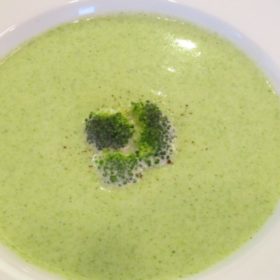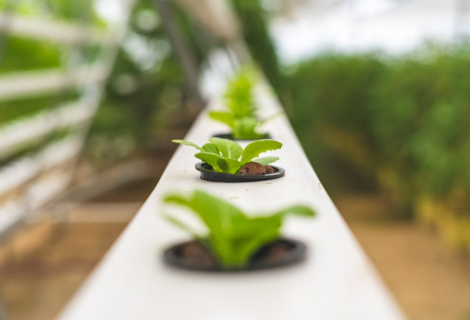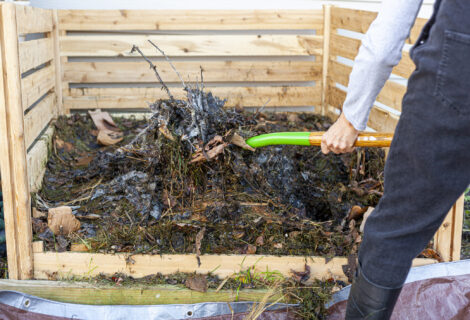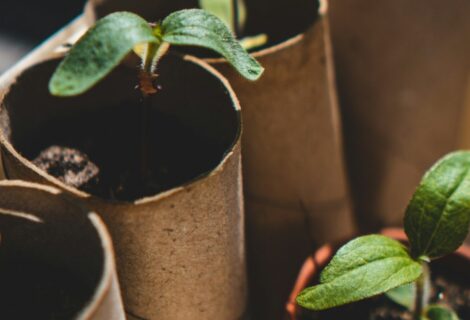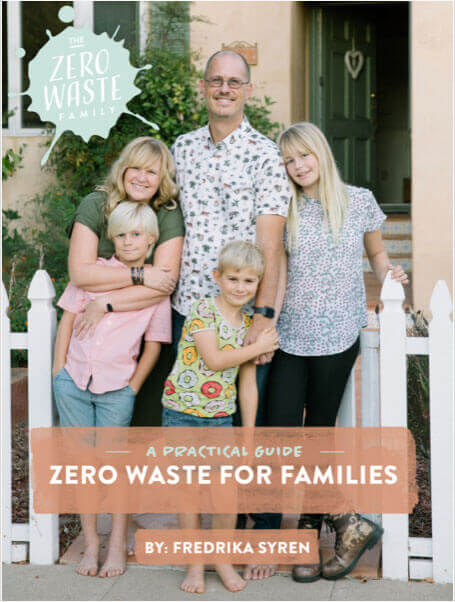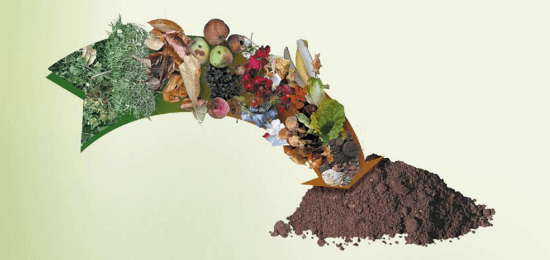
Compost is like miracle soil: it helps sandy soil hold nutrients and moisture, and loosens heavy clay so plants can breathe. The beneficial micro-organisms in compost help your plants grow strong and healthy. As it decomposes, compost feeds your plants naturally and organically.
The EPA has a wealth of information about composting, as do websites like Composting101.com.Getting started can be daunting, however, when you consider all the choices available on the internet. Most common is a compost tumbler, which is ideal if your homeowners’ association forbids outdoor composting. But wouldn’t it be better to make something yourself with inexpensive, easy-to-find materials? Making your own compost bin is a great way to get the kids involved, too.
First, select a dry, shady, discreet, well-ventilated spot near a water source for your compost bin. At this point, you could just start a pile, which is the simplest way to make compost. Below are several ideas for making your own compost bin. Any of these plans could be expanded to include two or three separate bins for holding or turning.
Shipping Pallets – Old wooden shipping pallets are easy to find behind most businesses. Never take pallets without the business owner’s permission first. They may have to return them to the distributor, but they also may be able to simply sell them to you at little cost. For a single bin, you’ll need four pallets, or five if you want a floor. A floor will make the bin more stable and will allow more air circulation, but it also will make turning the compost more difficult. Connect the pallets with hook-and-eye hardware. To turn the compost, simply unhook one side to access the pile.
Concrete Blocks – While not the most attractive option, concrete blocks do allow for different design options. They can be disguised with hanging plants or trailing vines. They’re easy to construct, since you won’t need mortar, just some rebar for support. Level the ground, then layer the blocks so they are staggered for more stability. Continue upwards for three or four layers. Drive rebar poles through the holes in the blocks.
Wire Mesh – This simple bin can be constructed in just minutes. Roll out 12 – 13 feet of yard-wide chicken wire or hardware cloth. Stand it up in a circle on the ground and secure its edges with clips. (Binder clips work well.) Secure the bin with four rebar poles driven into the ground. Unclip the sides and open the circle to access the compost for turning or transferring to another bin.
Trash Can – Perfect for guerrilla composters who want to keep their compost discreet. Using a metal trash can with a lid, drill three rows of holes, four to six inches apart, around the can. Then drill holes in the lid and the bottom of the can to provide air circulation. Next, place the can on top of staggered blocks or bricks. Starting with a dry layer on the bottom, layer brown and green materials in the can. Keep a brown layer on top as well. Turn the can occasionally, and you should have compost in four to six months.
Once you have your own compost bin ready to go, follow these instructions to create rich, dark, fertile compost for your garden:
Add your brown and green materials as you collect them, making sure larger pieces are chopped or shredded. Moisten dry materials as they are added. The more green materials you put in, the less water you’ll need. The beneficial bacteria in your compost need aeration, so use a pitchfork or spade to mix, turning the pile often and well. If necessary, cover the top of your compost with a tarp to keep it moist in dry weather, or dry in rainy weather. When the material at the bottom is dark and rich in color, your compost is ready to use.
Worm Bin – You also can create compost indoors in a basement or garage by using worms as helpers. You’ll need three large plastic storage tubs, a drill, and some shredded newspaper or coconut coir. And, of course, some red wriggler worms to transform your kitchen scraps into compost.
Whichever method you choose, start planning now, as spring is coming soon!


